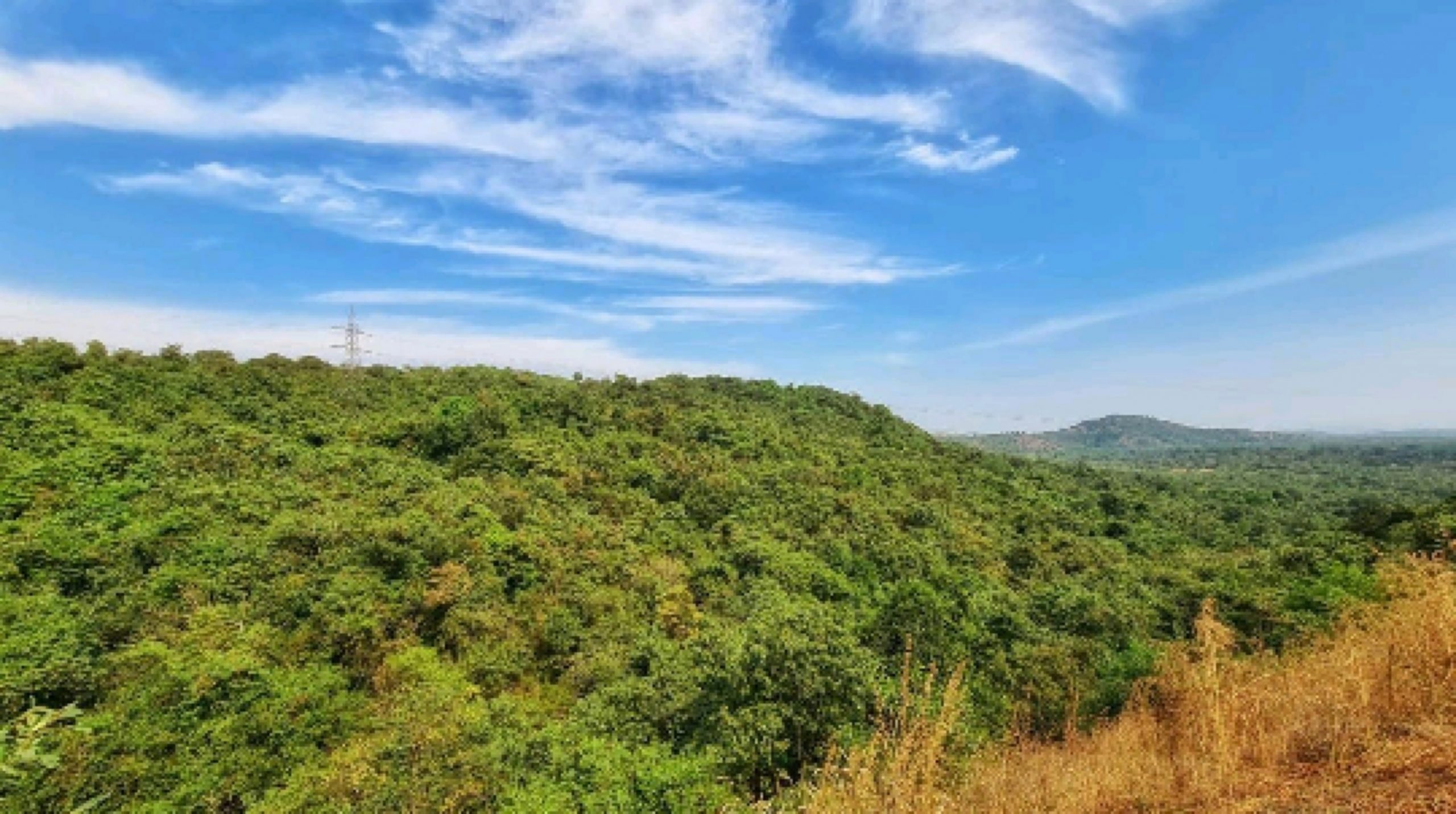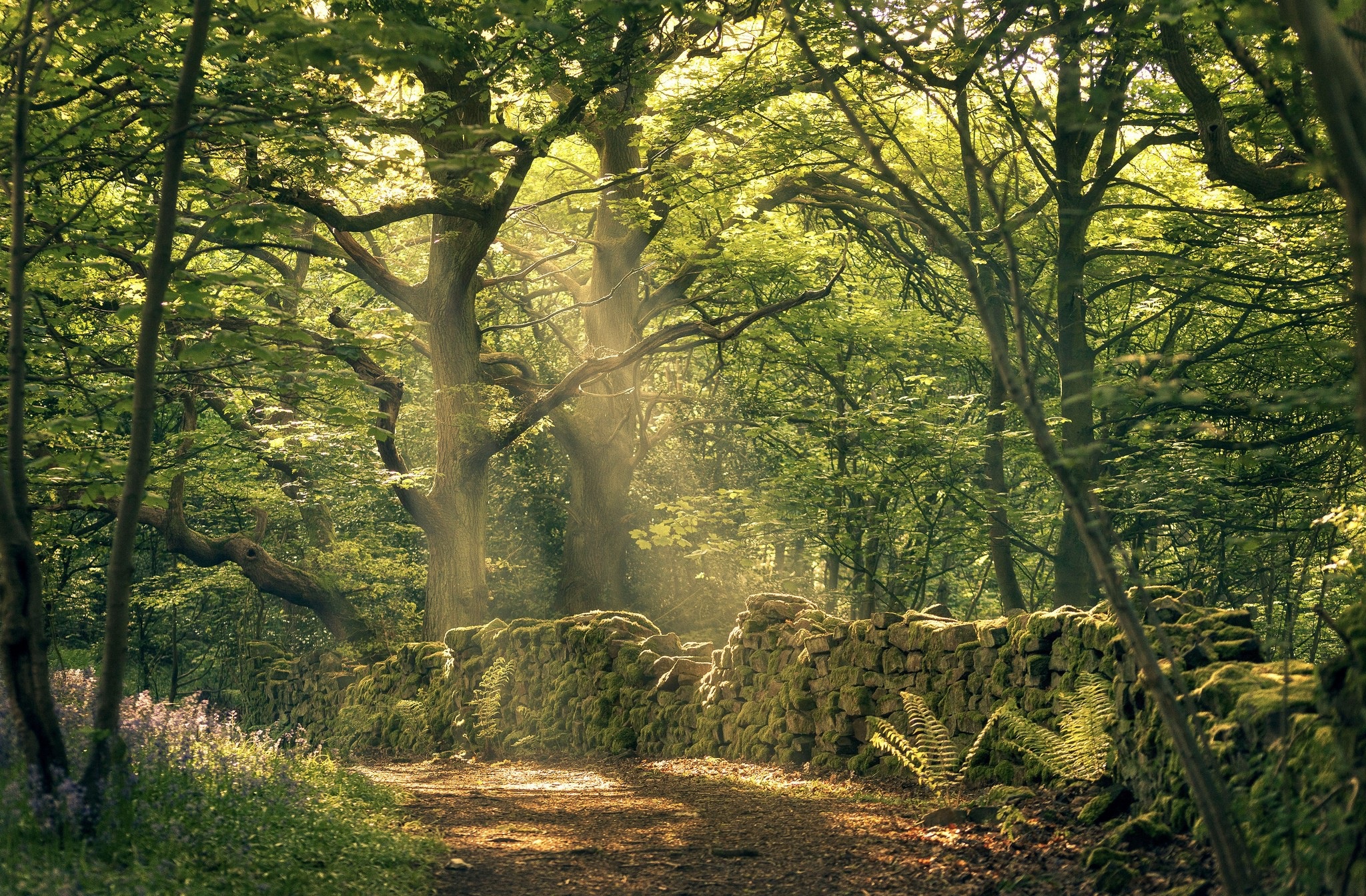Secrets Of The Lush Greenery Forest: Nature's Haven
The serenity and beauty of a greenery forest offer an unmatched escape from the bustling chaos of urban life. These verdant havens, adorned with towering trees, lush vegetation, and vibrant ecosystems, are not just a feast for the eyes but also a sanctuary for the soul. Walking through the dense foliage, one can feel the pulse of life—an intricate balance of flora and fauna working together to sustain our planet's health. Truly, greenery forests are nature's most remarkable gift to humanity.
From the gentle rustling of leaves to the melodious chirping of birds, greenery forests provide a sensory overload that leaves visitors in awe. Beyond their aesthetic appeal, these forests play a critical role in maintaining the planet’s ecological balance. They act as carbon sinks, purify the air, regulate temperatures, and provide habitats for countless species. For centuries, they have been the lifeblood of indigenous communities, offering food, medicine, and a deep spiritual connection to nature.
Today, as we grapple with the challenges of climate change and deforestation, the significance of greenery forests cannot be overstated. Conservation efforts, sustainable tourism, and reforestation projects are vital to ensuring these natural treasures thrive for future generations. In this detailed exploration, we’ll delve into the myriad aspects of greenery forests, from their unique ecosystems to their cultural significance, and the urgent need to protect them.
- Rose Of Jericho Spiritual Uses
- Student Life Center
- 4 Oz Of Chicken Protein
- Range Rover Newport Beach
- Utsa Rowdylink
Table of Contents
- What Makes Greenery Forests Unique?
- The Role of Greenery Forests in Ecology
- How Do Greenery Forests Support Biodiversity?
- Climate Change and Greenery Forests
- Greenery Forests and Indigenous Cultures
- What Are the Main Threats to Greenery Forests?
- The Importance of Reforestation
- Sustainable Tourism in Greenery Forests
- How Can Technology Help Conserve Greenery Forests?
- The Economic Value of Greenery Forests
- How to Get Involved in Conservation Efforts?
- Famous Greenery Forests Around the World
- Greenery Forests and the Future
- Frequently Asked Questions
- Conclusion
What Makes Greenery Forests Unique?
Greenery forests are ecosystems teeming with life and characterized by their dense vegetation and towering canopies. They are unique due to their incredible biodiversity and the intricate relationships between plants, animals, and microorganisms. These forests are found in various climates, from tropical rainforests to temperate woodlands, each hosting a distinct array of species and ecological functions.
Key Characteristics of Greenery Forests
- Thick canopy layers that regulate temperature and light
- High levels of biodiversity, including rare and endemic species
- Vital carbon sequestration capabilities
- Complex food webs and nutrient recycling systems
Why Are They Important?
Greenery forests are essential for sustaining life on Earth. They provide oxygen, store carbon, and regulate water cycles while offering raw materials, cultural significance, and recreation opportunities. Their interconnected ecosystems exemplify the delicate balance required for the planet's health.
The Role of Greenery Forests in Ecology
Greenery forests are often referred to as the "lungs of the Earth" because of their ability to absorb CO2 and release oxygen. They serve as a critical component in global ecological systems, influencing weather patterns, maintaining soil fertility, and supporting various life forms.
- The Kooles
- Phare Acrobatic Show Siem Reap
- Pork Sandwich Near Me
- Twin Cities Eatery
- Los Angeles Department Of Water And Power
Carbon Sequestration and Climate Regulation
These forests act as carbon sinks, absorbing vast amounts of carbon dioxide and mitigating the effects of climate change. Their ability to regulate temperatures makes them indispensable in combating global warming.
Water Cycle Management
Through transpiration and rainfall interception, greenery forests play a pivotal role in the water cycle. They help recharge groundwater, prevent soil erosion, and maintain river systems.
How Do Greenery Forests Support Biodiversity?
Greenery forests are biodiversity hotspots, providing habitats for countless species. They are home to over 80% of terrestrial species, including mammals, birds, insects, and plants. The dense vegetation and varied microclimates support a wide range of life forms.
Symbiotic Relationships
Organisms in greenery forests often engage in symbiotic relationships, such as pollination and seed dispersal. These interactions are vital for the survival of many species and the overall health of the ecosystem.
Threatened and Endemic Species
Many greenery forests host species that are found nowhere else on Earth. Protecting these habitats is crucial for preventing extinction and preserving genetic diversity.
Climate Change and Greenery Forests
Climate change poses a significant threat to greenery forests, altering their composition and functioning. Rising temperatures, shifting rainfall patterns, and increased frequency of extreme weather events impact these delicate ecosystems.
What Can Be Done?
- Implementing sustainable forestry practices
- Promoting reforestation and afforestation
- Adopting climate-resilient conservation strategies
Greenery Forests and Indigenous Cultures
For indigenous communities, greenery forests are more than just natural habitats—they are sacred spaces intertwined with their cultural identity. These forests provide resources for sustenance, medicine, and spiritual practices.
The Role of Traditional Knowledge
Indigenous knowledge systems offer valuable insights into sustainable forest management. By integrating these practices with modern conservation efforts, we can achieve more effective outcomes.
What Are the Main Threats to Greenery Forests?
Greenery forests face numerous threats, including deforestation, illegal logging, agricultural expansion, and urbanization. These activities not only destroy habitats but also contribute to climate change and biodiversity loss.
Steps to Combat Threats
- Implementing strict anti-logging laws
- Encouraging community-based conservation efforts
- Supporting eco-friendly agricultural practices
The Importance of Reforestation
Reforestation is a critical strategy for restoring degraded greenery forests. Planting trees helps rebuild ecosystems, sequester carbon, and provide habitats for wildlife.
Community Involvement
Local communities play a vital role in the success of reforestation projects. Their active participation ensures sustainable outcomes and fosters a sense of ownership and responsibility.
Sustainable Tourism in Greenery Forests
Eco-tourism offers an opportunity to experience the beauty of greenery forests while promoting their conservation. Sustainable tourism practices minimize environmental impact and support local economies.
How to Practice Sustainable Tourism?
- Choose eco-friendly accommodations
- Respect local cultures and traditions
- Follow designated trails and avoid disturbing wildlife
How Can Technology Help Conserve Greenery Forests?
Advanced technologies such as remote sensing, drones, and GIS mapping are revolutionizing forest conservation. These tools enable better monitoring, data collection, and decision-making processes.
The Economic Value of Greenery Forests
Greenery forests contribute significantly to the global economy by providing timber, non-timber forest products, and ecosystem services. They also support livelihoods through eco-tourism and sustainable harvesting practices.
How to Get Involved in Conservation Efforts?
Individuals can contribute to greenery forest conservation by participating in tree-planting drives, supporting eco-friendly brands, and advocating for policies that protect natural habitats.
Famous Greenery Forests Around the World
From the Amazon Rainforest to the Black Forest, greenery forests around the globe offer unique experiences and ecological significance. Each forest tells a story of resilience and natural beauty.
Greenery Forests and the Future
The future of greenery forests depends on our collective efforts to protect and restore these vital ecosystems. By fostering a global culture of conservation, we can ensure their survival for generations to come.
Frequently Asked Questions
1. Why are greenery forests called the lungs of the Earth?
Greenery forests are called the lungs of the Earth because they absorb carbon dioxide and release oxygen, essential for life.
2. How do greenery forests help combat climate change?
They act as carbon sinks, absorbing CO2 and reducing greenhouse gas levels in the atmosphere.
3. What are the main threats to greenery forests?
Deforestation, illegal logging, agricultural expansion, and climate change are the main threats.
4. Can individuals contribute to greenery forest conservation?
Yes, by supporting reforestation, sustainable practices, and advocating for protective policies.
5. What is the role of indigenous communities in forest conservation?
Indigenous communities bring traditional knowledge and sustainable practices that are invaluable for conservation.
6. Are greenery forests economically beneficial?
Yes, they provide timber, non-timber products, and eco-tourism opportunities, supporting local and global economies.
Conclusion
Greenery forests are more than just natural landscapes; they are lifelines for our planet. Their ecological, cultural, and economic significance underscores the urgent need for their conservation. By embracing sustainable practices, leveraging technology, and fostering community involvement, we can ensure these verdant havens continue to thrive. Let us commit to preserving the magic of greenery forests for generations to come.
- Majestic Gymnastics
- Hemingway S Cape May New Jersey
- Electric Entertainment
- Momocon Atlanta
- Wild Fish

Greenery of a forest PixaHive

Forest Greenery Nature Sunbeam Tree Wallpaper Resolution2048x1344